
One of the unexpected consequences of Charles Darwin’s ideas is the broad application of “popular Darwinism” in many areas of human endeavour beyond evolutionary biology. I am defining "popular Darwinism" as a commonly held (and often superficial) understanding of Darwin's theories, as opposed to theoretical Darwinism taught in a biology class. Over the last century, we have seen terrifying state-wide applications of so-called “Social Darwinism” as well as warped eugenics programs based on discrimination and racism. In more recent decades, one of the popular (albeit less sinister) understandings of evolution is that “natural” is better than “cultivated” and “chaos” is superior to “order.” This “all-natural” understanding of popular Darwinism has taken hold in a number of areas (e.g., in art, Jackson Pollack paintings; in architecture, postmodernist Robert Venturi "I am for messy vitality over obvious unity"; in poetry, T.S. Eliot; in resource management, the establishment of National Parks, naturalisation zones and wilderness preserves; in nutrition, organic produce and free-range livestock; in education, unschooling and student-centred learning theory). Contemporary understanding of “Popular Darwinism” suggests the notion that “change is good” and will always lead to something better. Originally, the word “evolution” simply meant “change" (i.e., neither good nor bad). Since the 19th century, the common usage of the word “evolution” has evolved, now meaning “change leading to progress” and finally, "change is progress."
In the realm of education, the idea that change is good and necessary is becoming increasingly evident over the last thirty or forty years (in North America). Experts cry out, “we must change or become irrelevant” and “let’s explode traditional education…” The other idea emerging in education--which is also linked to popular Darwinism--is that natural "chaos" is an ideal environment for learners to blossom. Educational gurus now talk about “chaos is beautiful…” “true learning is messy…”
I am not here to debate Darwinism (either popular misconceptions or theoretical positions); I simply want to highlight the zeitgeist of our time. I believe that “we” are trying to forcefully—perhaps inadvertently and in general terms—“evolve” education by returning to naturalism via incessant change and a general opposition to order. “We” oppose the “sage on the stage” and teacher-centric lessons; “we” want collaborative classrooms (versus desks in rows), “we” want messy, fluid, and flexible lessons, “we” increasingly reject the hierarchical dichotomy of “student” and “teacher” in favour of a “community of co-learners” … And the “supreme maxims” in education are these: change is the only constant and chaos is the order of the day.
My investigation into innovation seems to support this sort of approach; however, note that I said “seems.” Like most ideas, there are nuggets of truth and wisdom embedded. Change can be good. Seasons change, styles change, attitudes change, technologies change. Change can also mean a "return." Walking to work, for example, instead of driving is a “regressive” change in terms of technology, but a “progressive” change in terms of your health. So change can be good; however, not all change is good. Going from healthy to unhealthy is a change, but not a good one. Abandoning a good idea for a different one is also a bad change, if the goal is simply to change for the sake of change.
Constant change is stressful, hinders efficiency, and can diminish hope. Because change is unstable it means that whatever you do now may not last beyond now... Why bother learning to read or write or calculate a math problem if these things aren't going to matter tomorrow? In an earlier post I compared the employment market to a battlefield, using the acronym VUCA—volatility, uncertainty, complexity and ambiguity. No one "builds" or "invests" deeply in the battlefield. Why are so many students so disengaged and refusing to invest in their schooling? Perhaps because we have taught them we now live in a war zone. People flee war zones.
So, how do we know what sort of “change” is good? How do we know what to change, how much to change, or, whether we change at all? One thing I really need to convey to all of my colleagues with respect to innovation is the need for an intentional approach to change. This shouldn't be about unending flux, constant chaos and everyone looking for the next "new" to implement at all costs. Incessant newness is tedious and tiring. We need a clear plan and a corporate vision. If we are going to develop grit and perseverance (in ourselves and our students), we all need a hope to strive for and to believe in. "Innovation" is the means not the end of our work in education. Whatever you believe about evolution (biological or otherwise), I am convinced we need “intelligent design” when it comes to educational innovation and transformation in the 21st century.
In the realm of education, the idea that change is good and necessary is becoming increasingly evident over the last thirty or forty years (in North America). Experts cry out, “we must change or become irrelevant” and “let’s explode traditional education…” The other idea emerging in education--which is also linked to popular Darwinism--is that natural "chaos" is an ideal environment for learners to blossom. Educational gurus now talk about “chaos is beautiful…” “true learning is messy…”
I am not here to debate Darwinism (either popular misconceptions or theoretical positions); I simply want to highlight the zeitgeist of our time. I believe that “we” are trying to forcefully—perhaps inadvertently and in general terms—“evolve” education by returning to naturalism via incessant change and a general opposition to order. “We” oppose the “sage on the stage” and teacher-centric lessons; “we” want collaborative classrooms (versus desks in rows), “we” want messy, fluid, and flexible lessons, “we” increasingly reject the hierarchical dichotomy of “student” and “teacher” in favour of a “community of co-learners” … And the “supreme maxims” in education are these: change is the only constant and chaos is the order of the day.
My investigation into innovation seems to support this sort of approach; however, note that I said “seems.” Like most ideas, there are nuggets of truth and wisdom embedded. Change can be good. Seasons change, styles change, attitudes change, technologies change. Change can also mean a "return." Walking to work, for example, instead of driving is a “regressive” change in terms of technology, but a “progressive” change in terms of your health. So change can be good; however, not all change is good. Going from healthy to unhealthy is a change, but not a good one. Abandoning a good idea for a different one is also a bad change, if the goal is simply to change for the sake of change.
Constant change is stressful, hinders efficiency, and can diminish hope. Because change is unstable it means that whatever you do now may not last beyond now... Why bother learning to read or write or calculate a math problem if these things aren't going to matter tomorrow? In an earlier post I compared the employment market to a battlefield, using the acronym VUCA—volatility, uncertainty, complexity and ambiguity. No one "builds" or "invests" deeply in the battlefield. Why are so many students so disengaged and refusing to invest in their schooling? Perhaps because we have taught them we now live in a war zone. People flee war zones.
So, how do we know what sort of “change” is good? How do we know what to change, how much to change, or, whether we change at all? One thing I really need to convey to all of my colleagues with respect to innovation is the need for an intentional approach to change. This shouldn't be about unending flux, constant chaos and everyone looking for the next "new" to implement at all costs. Incessant newness is tedious and tiring. We need a clear plan and a corporate vision. If we are going to develop grit and perseverance (in ourselves and our students), we all need a hope to strive for and to believe in. "Innovation" is the means not the end of our work in education. Whatever you believe about evolution (biological or otherwise), I am convinced we need “intelligent design” when it comes to educational innovation and transformation in the 21st century.

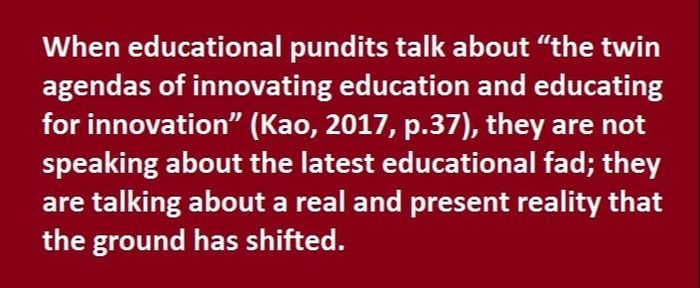
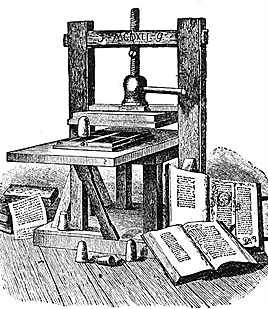

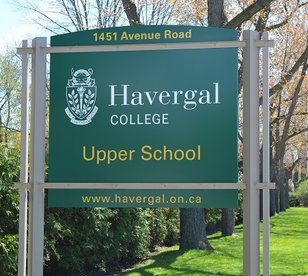
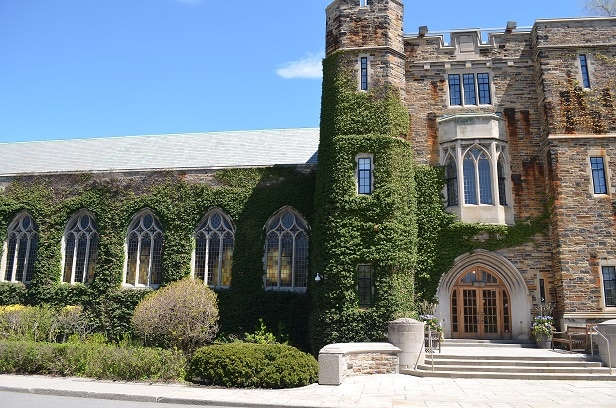

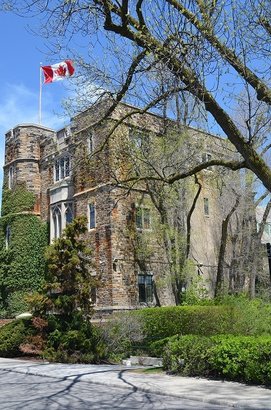

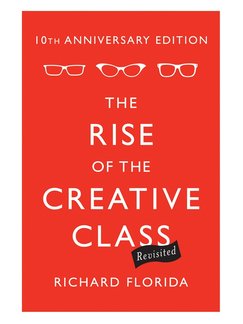
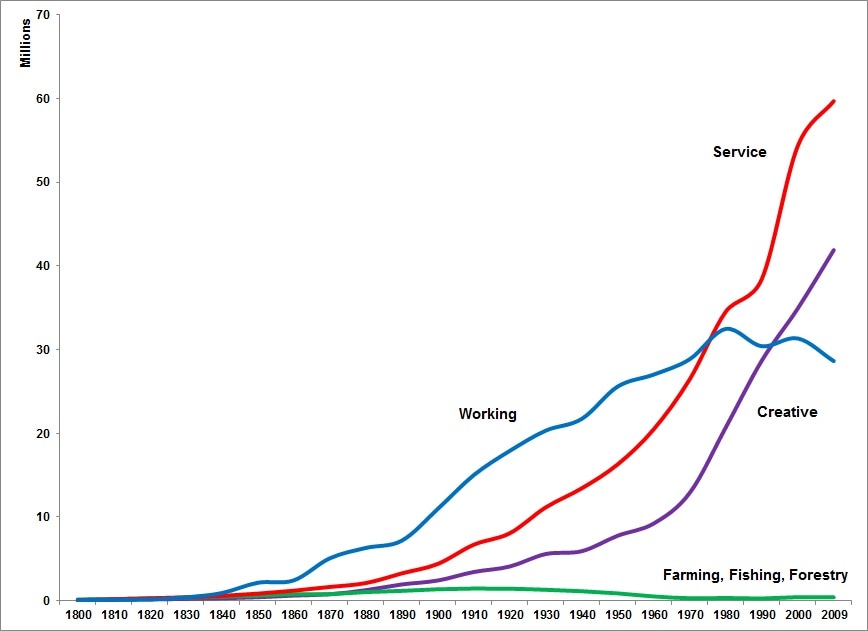
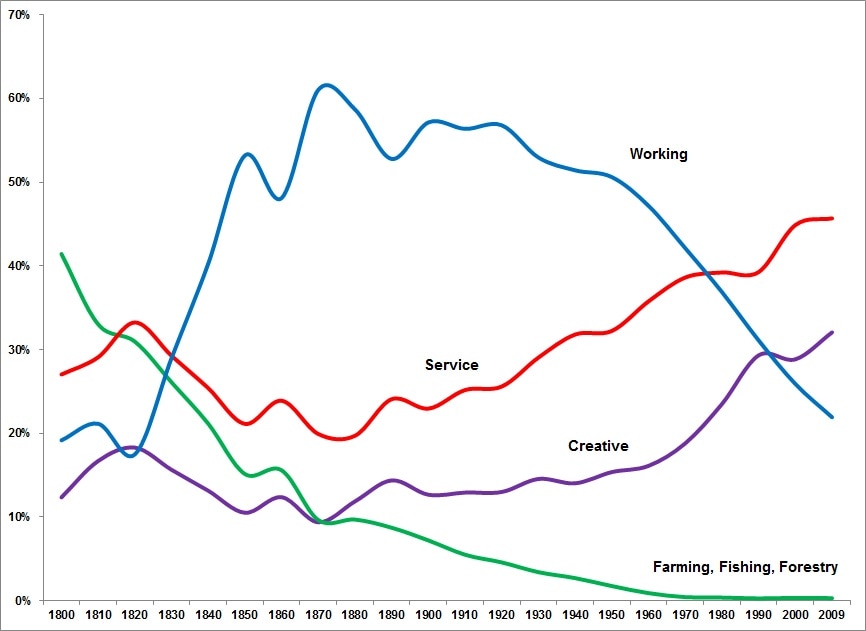

 RSS Feed
RSS Feed
